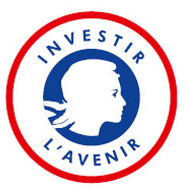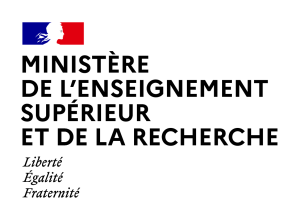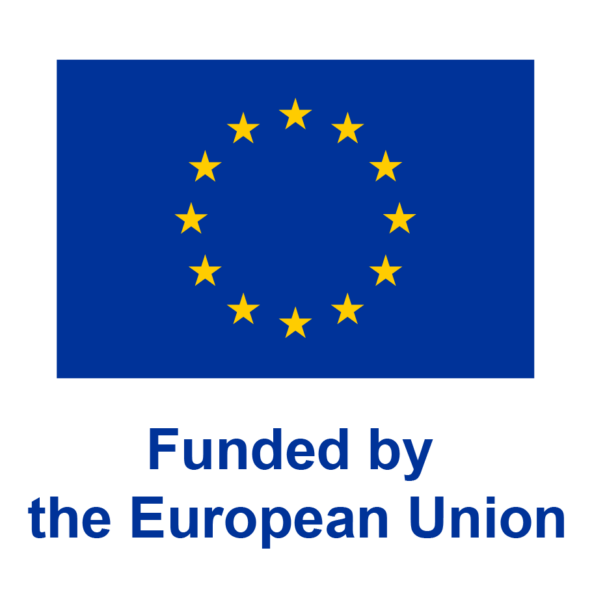EquipeX HALiance
HALiance aims to rework HAL’s core services and to match the recommandations and excellence criteria defined by the French higher education and research organisations through the National Plan for Open Science within the scope of international initiatives for Open Science (COAR, EOSC, cOAlition S). It rests upon the renewal of both the hardware and the software.
| Funding |
Equipment for research P.I.A.3 – ESR/EquipEx+ |
 |
| Project reference | ||
| Durée du projet |
5,5 years |
|
| Investment |
3,4 M€ |
|
| Duration |
January 2022 |
|
| Consortium |
CNRS, Inria, IN2P3, INRAE |
|
| Partners |
Equipex+ Commons |
nepHAL+
The aim of the nepHAL+ project is to develop an innovative stand-alone submission and evaluation module that will allow peer review of pre-publications, datasets and research software. It will also enable the publication of open review reports. It will be made available as a free software so that it can be reused by other players in scholarly publishing.
| Funding |
National fund for open science |
 |
| Duration |
36 months |
|
| Project kick-off |
2024 |
|
| Investment |
270 000 € |
|
| Partnership | ||
| Project leader |
Raphaël Tournoy |
The project is organized into 3 work packages:
- WP1: Modularisation and modernisation of the Episciences code
- WP2: Design and implementation of new functionalities for the evaluation of datasets and software, linked or not to publications
- WP3: Opening to other platforms and integration into HAL and Sciencesconf
Édisciences
Édisciences meets a need for journals in terms of editorial support. Its aim is to facilitate the editorial preparation of articles and to produce structured publications in accordance with editorial quality standards (FAIR principles).a publication de rapports de relecture ouverts.
| Funding |
National fund for open science |
 |
| Duration |
12 mois |
|
| Project kick-off |
2024 |
|
| Investment |
33 203 € |
|
| Partnership |
Association pour la Recherche en Didactique des Mathématiques (ARDM), Association Française des Instituts de transport et de logistique (AFITL), Inria for the Journal of Theoretical, Computational and Applied Mechanics (JTCAM) |
|
| Project leader |
Céline Barthonnat |
Deliverables:
- structured templates in .indd and LaTeX format;
- workflows and editorial checklists;
- directory of service providers.
Softwares and open science policies
| Project kick-off |
September 2024 |
| Partnership |
Software Heritage |
| Project coordination |
Hélène Bégnis (CCSD) and Sabrina Granger (SWH) |
Programme
- 25 September: Launch webinar to identify the key issues for libraries and presentation of the programme.
- 9-11 October: ADBU Congress, stand 32.
- 12 December: “Open Science Talks” webinar about software preservation: how to raise awareness and mobilise decision-making bodies, and what type of partnerships to develop? The webinar will also provide an opportunity to hear from institutions that have included a “Software” component in their strategy.
HAL and Software Heritage bring together their expertise in the service of open science: HAL ensures the durability and dissemination of research results, while Software Heritages is dedicated to safeguarding and identifying software. These services help to promote more transparent, reproducible and collaborative research.
FAIRCORE4EOSC
The main objective of the FAIRCORE4EOSC project is to develop and introduce new components that will be seamlessly integrated with the existing EOSC-Core services. Episciences’ participation in the project aims to improve the platform’s interoperability with Software Heritage for software citation.
| Funding |
European Union |
 |
| Partnership |
Inria, Software Heritage |
|
| Coordination for Episciences |
Raphaël Tournoy |
HAL's new webdesign
| Project kick-off |
January 2019 |
| Project leaders |
Yannick Barborini, Isabelle Guay |
| Contractor |
design agency Atelier Universel |
| Phase 1 | Phase 2 |
|
The first phase focuses on the researcher’s user experience, comprising the creation of an account, the deposit form, and the overall clickstream from the homepage to the deposit form. |
This phase focuses on administration pages: portal administration, collection management, user management, deletion of ducplicates, check of deposits. For this user sprint, a sample group made up of HAL users with various profiles and administration rights was created and individual interviews were conducted. Monitoring group: N. Alarcon (Casuhal), V. de Lavenne (ADBU), A. Raymond-Denise (EPRIST) |
Methodology
- Diagnosis Sprint
Examining things as they are from all sides, indentifying the critical points for the user, and offering work leads. - User Sprint
Identifying the needs, stakes and specificities of the users. - Design Sprint
Agile design and revision of HAL and connected services. - Detailed Design
Detailed design of all pages. - Iteration et dialogue with the developers
Handover of the design to developers and monitoring to ensure the quality of the end product.
Planning
| Phase 1 | Phase 2 | |
| Guidance |
January 2019 |
September 2020 |
| User Sprint |
March 2019 |
December 2020 |
| Design |
April 2019 |
April 2021 |
| Detailed Conception |
January 2020 |
September 2021 |
| Integration |
November 2022 |
2023–2024 (integration and evolutions of functionnalities included in the HALiance project) |